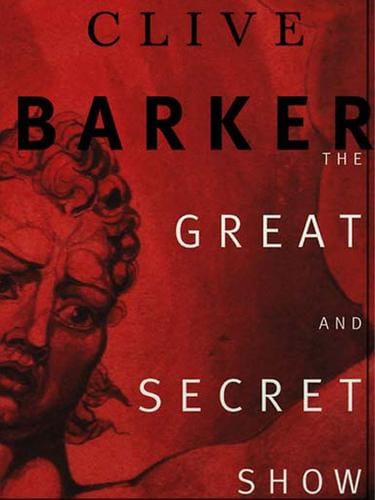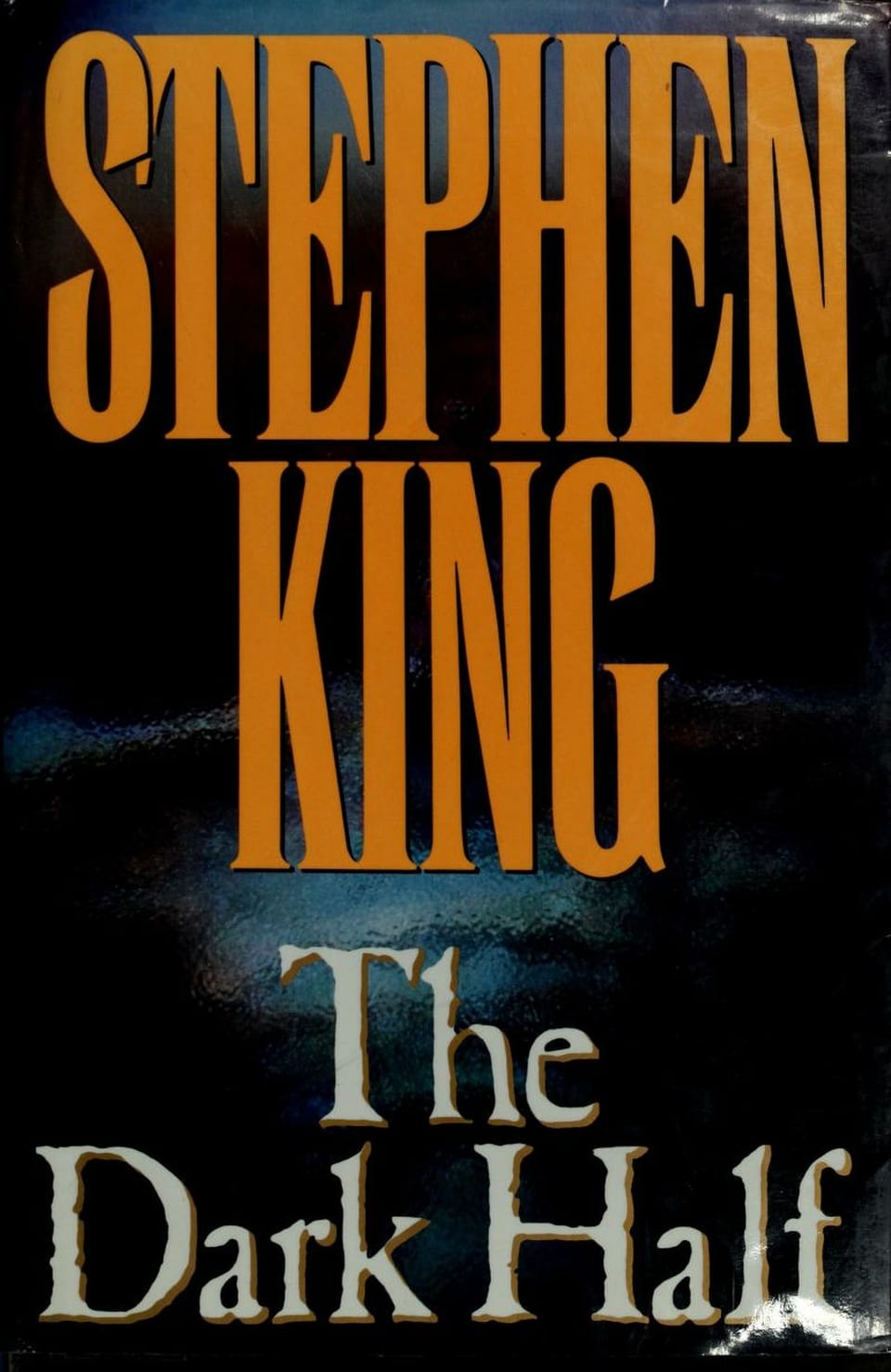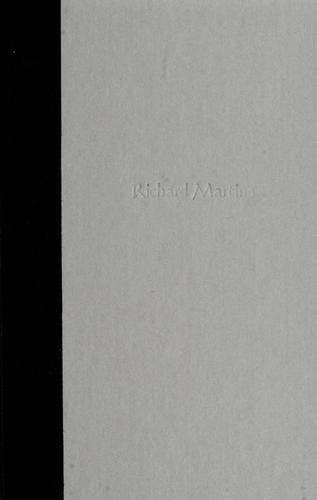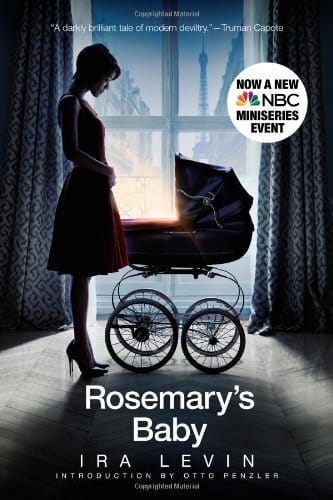The Haunting of Hill House: Unpacking Netflix’s Modern Gothic Masterpiece
Explore Netflix’s The Haunting of Hill House: plot, themes, characters, and cultural impact in this deep-dive into the streaming era’s most acclaimed horror series.
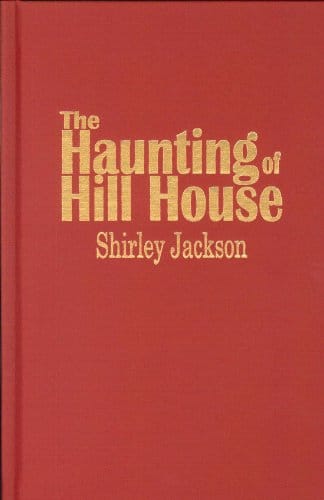
Introduction: A New Classic in Televised Horror
When Netflix released "The Haunting of Hill House" in 2018, audiences expected little more than another jump-scare-laden haunted-house romp. Instead, showrunner Mike Flanagan delivered a layered, character-driven adaptation of Shirley Jackson’s seminal 1959 novel that redefined what long-form horror could achieve on the small screen. Part family drama, part supernatural mystery, the series weaves past and present together to explore trauma, grief, and the inescapable pull of home. Four years later it remains essential viewing for horror fans and binge-watchers alike.
Plot Overview: A Story Told in Two Timelines
The Crain family moves into Hill House during the summer of 1992, intending to renovate and flip the crumbling mansion. Parents Hugh and Olivia bring their five children—Steven, Shirley, Theodora, Luke, and Nell—unaware of the malign influence that lurks inside the walls. Strange noises, ghostly figures, and chilling cold spots culminate in a single tragic night that forces the family to flee. Decades later, the now-adult Crain siblings continue to carry emotional scars, each coping with trauma in different, often self-destructive ways. When Nell, the youngest daughter, is drawn back to Hill House and dies under mysterious circumstances, the remaining siblings reunite with their estranged father. Together they confront both the literal and figurative ghosts that have haunted them since childhood.
Major Themes: Trauma, Addiction, and the Architecture of Memory
At its core, "The Haunting of Hill House" is less about malevolent spirits than about the specter of unresolved pain. Trauma operates like a viral curse, spreading from parent to child and sibling to sibling. Luke’s substance abuse, Theo’s emotional withdrawal, and Steven’s commodification of family tragedy illustrate how each character translates invisible wounds into visible behavior. Addiction in particular serves as a metaphor for haunting: both creep in slowly, feed on vulnerability, and demand constant vigilance.
The show also treats Hill House itself as a living embodiment of memory. Rooms shift locations, the Red Room changes shape, and time often functions as a collapsed corridor where past and present bleed into one another. This architectural fluidity mirrors the Crains’ fractured recollections, suggesting that our minds can be as labyrinthine—and as dangerous—as any ghost-filled mansion.
Character Analysis: More Than Just “Final Girls” and Ghost Fodder
Olivia Crain: The Sensitive Visionary
Carla Gugino’s Olivia is at once nurturing and fragile, her psychic sensitivity transforming maternal love into tragic obsession. Olivia’s descent illustrates how mental illness can be exacerbated by environmental stressors, supernatural or otherwise.
Steven Crain: The Skeptical Storyteller
As the eldest sibling and a successful horror novelist, Steven’s refusal to believe in ghosts is laced with irony. His monetization of family trauma speaks to contemporary debates around true-crime entertainment and ethical storytelling.
Nell and Luke: The Twin Heartbeat
The show’s emotional center rests on its twins. Nell personifies the unseen pain adults often overlook, while Luke’s lifelong battle with addiction provides one of the most empathetic portrayals of substance abuse on television. Their “twin time” motif underscores how shared experiences can both heal and harm.
Cinematography and Direction: Visceral Visual Storytelling
Director Mike Flanagan and cinematographer Michael Fimognari elevate the series through meticulous camerawork and color palettes. Episode 6, “Two Storms,” features an astounding 17-minute unbroken take that glides between past and present, physically manifesting the show’s temporal overlap. Subtle background ghosts populate nearly every frame, rewarding eagle-eyed viewers and enhancing rewatch value without resorting to cheap scares.
Lighting plays a crucial role; warm tones signify fleeting moments of safety, while sickly greens and deep blues announce the house’s encroaching influence. This calculated visual language sustains tension even during dialogue-heavy scenes.
Why It Still Matters: Cultural Impact and Legacy
"The Haunting of Hill House" reinvigorated the haunted-house subgenre for the streaming era, proving that horror could sustain a serialized narrative without diluting scares or sacrificing depth. Its success paved the way for follow-up anthology entries like "The Haunting of Bly Manor" and Flanagan’s "Midnight Mass," cementing Netflix as a home for elevated horror.
The series also sparked conversations about mental health, childhood trauma, and the cyclical nature of grief. By depicting ghosts as both literal apparitions and metaphors for psychological distress, the show encourages viewers to confront their own unseen specters.
SEO Spotlight: Frequently Searched Questions Answered
Is The Haunting of Hill House based on a true story?
No, the Netflix series is an adaptation of Shirley Jackson’s fictional novel, though it draws on universal themes of family dysfunction and loss.
Do you need to watch Hill House before Bly Manor?
Each season in the anthology stands alone, so prior viewing is not required, but fans will appreciate recurring cast members and stylistic callbacks.
Will there be a Season 2?
A direct sequel seems unlikely, but Mike Flanagan continues to collaborate with Netflix on new horror projects, keeping the spirit of Hill House alive.
Conclusion: Enter the House, Leave With New Eyes
Whether you come for spine-tingling scares or nuanced family drama, "The Haunting of Hill House" delivers an unforgettable experience that lingers long after the closing credits. By marrying gothic terror with emotional authenticity, the series demonstrates that the most frightening hauntings often originate within ourselves. Revisit Hill House—or venture inside for the first time—and discover why this modern classic remains a benchmark for serialized horror.
